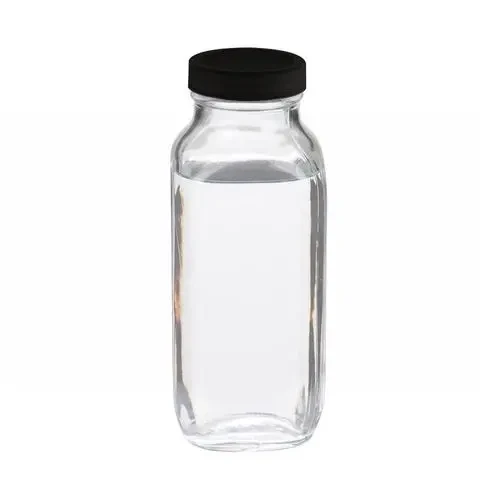The Role of UV Additives in Enhancing Plastic Performance
The use of plastics in various industries has become increasingly prevalent due to their lightweight, versatility, and cost-effectiveness. However, one of the main challenges associated with plastic materials is their susceptibility to ultraviolet (UV) radiation, which can lead to degradation, loss of mechanical properties, and discoloration over time. To mitigate these issues, UV additives have been developed and employed in plastic formulations. These additives play a crucial role in enhancing the longevity and performance of plastic products exposed to sunlight or artificial UV sources.
Understanding UV Additives
UV additives are chemical compounds incorporated into plastic materials to absorb, block, or stabilize UV radiation. They function primarily in two ways as UV absorbers and as UV stabilizers. UV absorbers absorb harmful UV light and convert it into harmless heat, which is then dissipated. Meanwhile, UV stabilizers work by neutralizing free radicals generated by UV exposure, thereby preventing oxidative degradation of the plastic material.
Types of UV Additives
There are various types of UV additives available, each serving a unique purpose
. Common types include1. UV Absorbers These compounds, such as benzotriazoles and benzophenones, effectively absorb UV radiation and protect the polymer matrix from damage. They are often used in outdoor applications where plastics face prolonged sun exposure.
2. Hindered Amine Light Stabilizers (HALS) These additives do not absorb UV light but instead act as scavengers for free radicals, which are formed when UV light breaks down the polymer chains. HALS can significantly enhance the durability of plastics, ensuring they maintain their physical properties and appearance over time.
uv additive for plastic

3. Antioxidants These additives help in reducing the oxidative degradation typically caused by UV exposure. By stabilizing the plastic during processing and outdoor use, antioxidants extend the life of the material.
Applications of UV Additives in Plastics
UV additives are increasingly used in a variety of applications to improve plastic performance. In the automotive industry, for instance, UV stabilizers are added to exterior trim components and windshields to prevent fading and cracking due to sun exposure. In the packaging sector, UV absorbers are utilized in food packaging films to protect contents from light-induced degradation, thus extending shelf life.
Moreover, UV additives are crucial in the production of outdoor furniture, playground equipment, and roofing materials, where long-term exposure to sunlight is inevitable. By incorporating these additives, manufacturers can ensure their products retain their aesthetic appeal and physical properties over time.
Environmental Considerations
While UV additives offer significant benefits, their use raises environmental concerns. Some traditional UV absorbers and stabilizers can leach out of plastics and potentially harm the environment. As a result, there is a growing trend toward the development of bio-based and environmentally friendly UV additives. These alternatives are derived from natural sources and are designed to minimize ecological impact, aligning with the increasing demand for sustainable materials.
Conclusion
In conclusion, UV additives are essential components in the formulation of various plastic products, providing protection against the detrimental effects of UV radiation. By enhancing the longevity and performance of plastics, these additives serve critical roles across multiple industries, from automotive to consumer goods. As the demand for sustainable practices grows, the evolution of UV additives toward more environmentally friendly options will play a fundamental part in driving innovation and ensuring the continued viability of plastics in our modern world.

